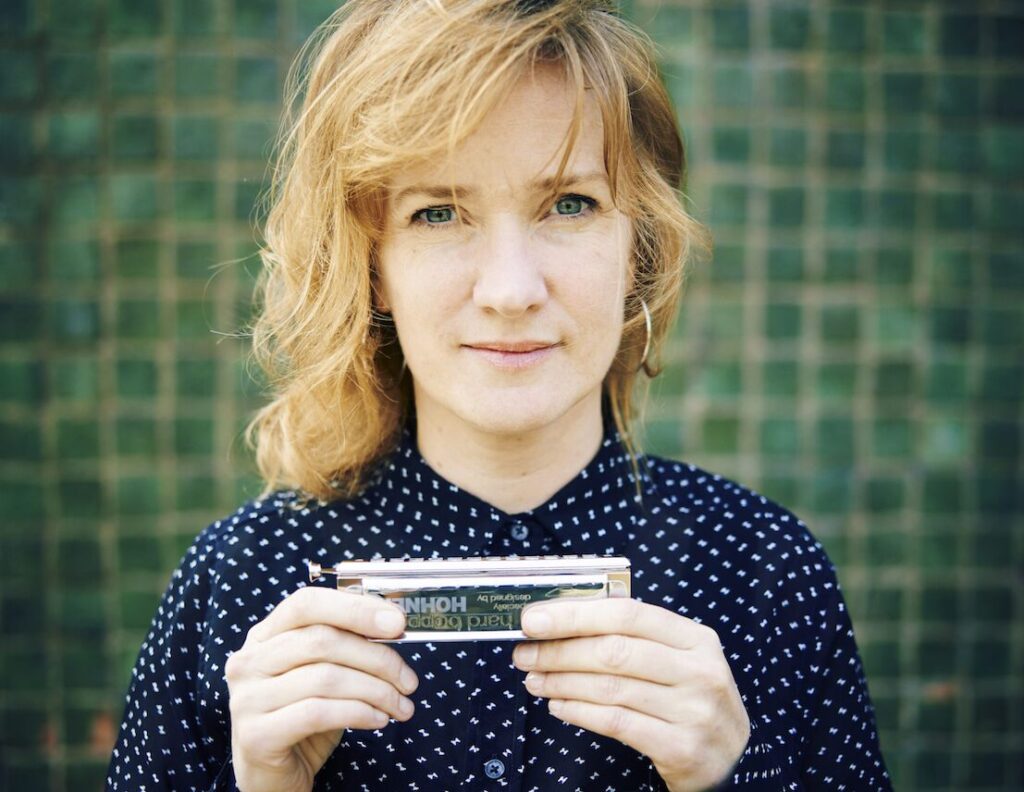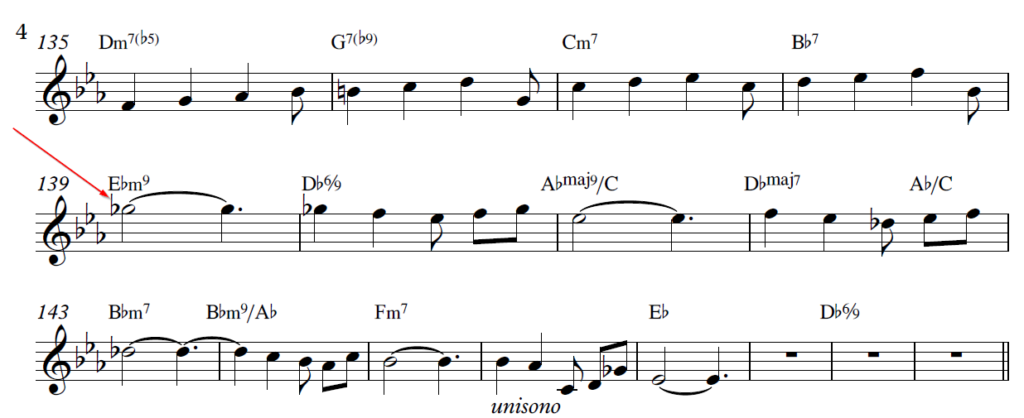A deep dive:
The Story Behind
June 16th
A request for something special reignited a creative spark I hadn’t felt in a while. The result is ‘June 16th’—a piece that blends an unconventional meter with an accessible melody. There’s a story behind each of the musical choices I made. Want to know more? Listen on one of the streaming services and read along here.


